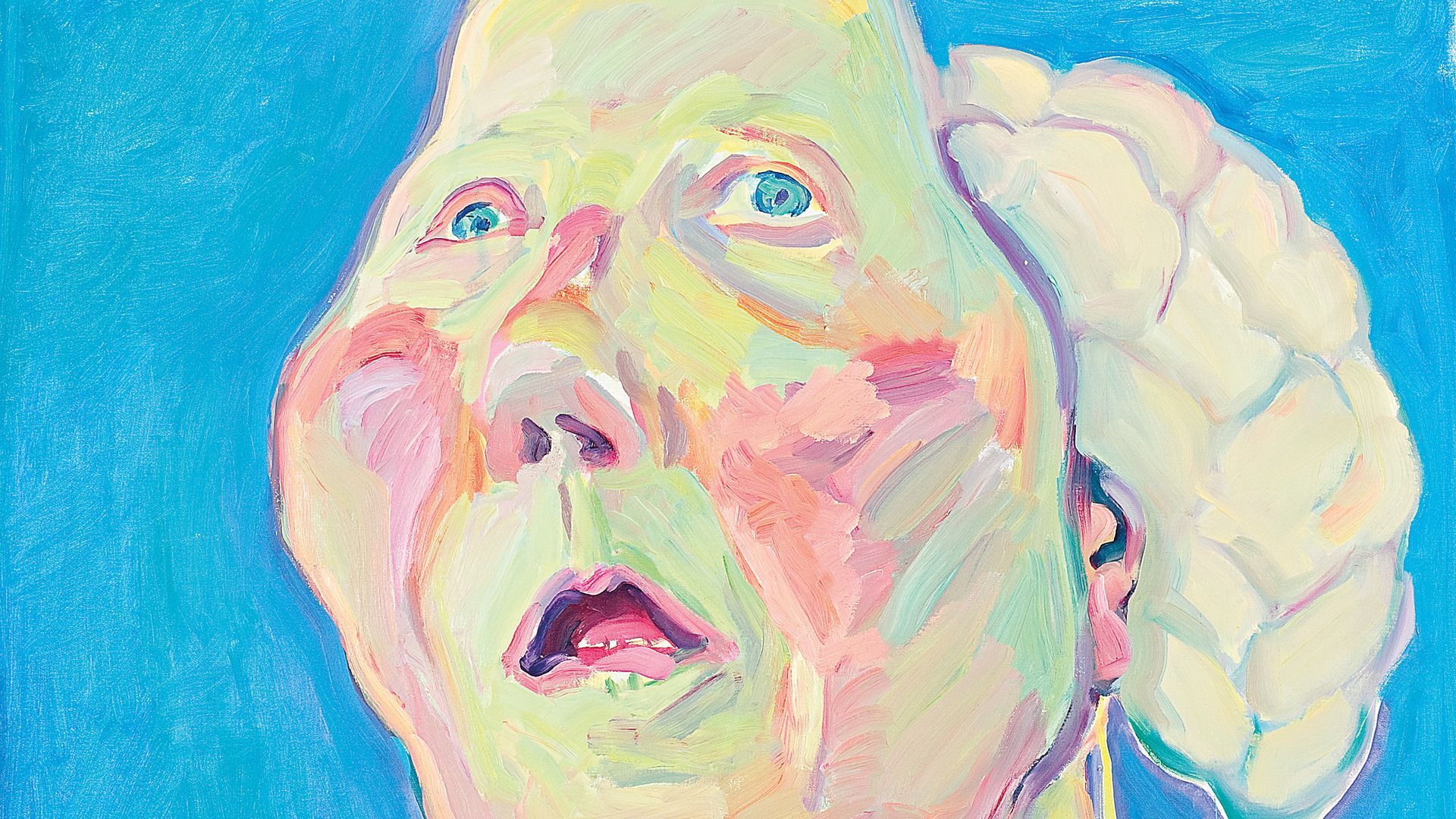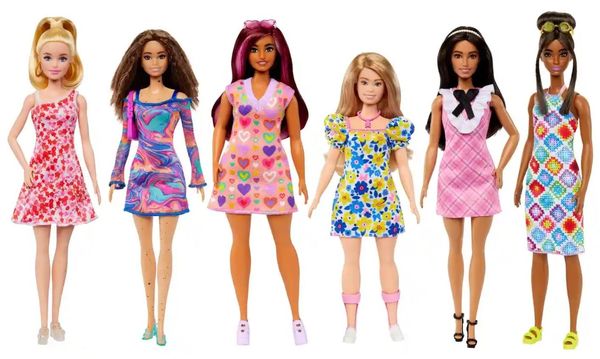In today’s selection, we present five women who have left their mark in their respective professions and who are worth getting to know better.
Toyen (1902–1980)
Toyen was one of the most exciting figures of Czech surrealism, who co-founded the Czech Surrealist Group in Paris with her peers. Later, with a fellow artist, Jindřich Štyrský, she formed the artificialism movement, which emerged as an alternative to surrealism and abstractionism.
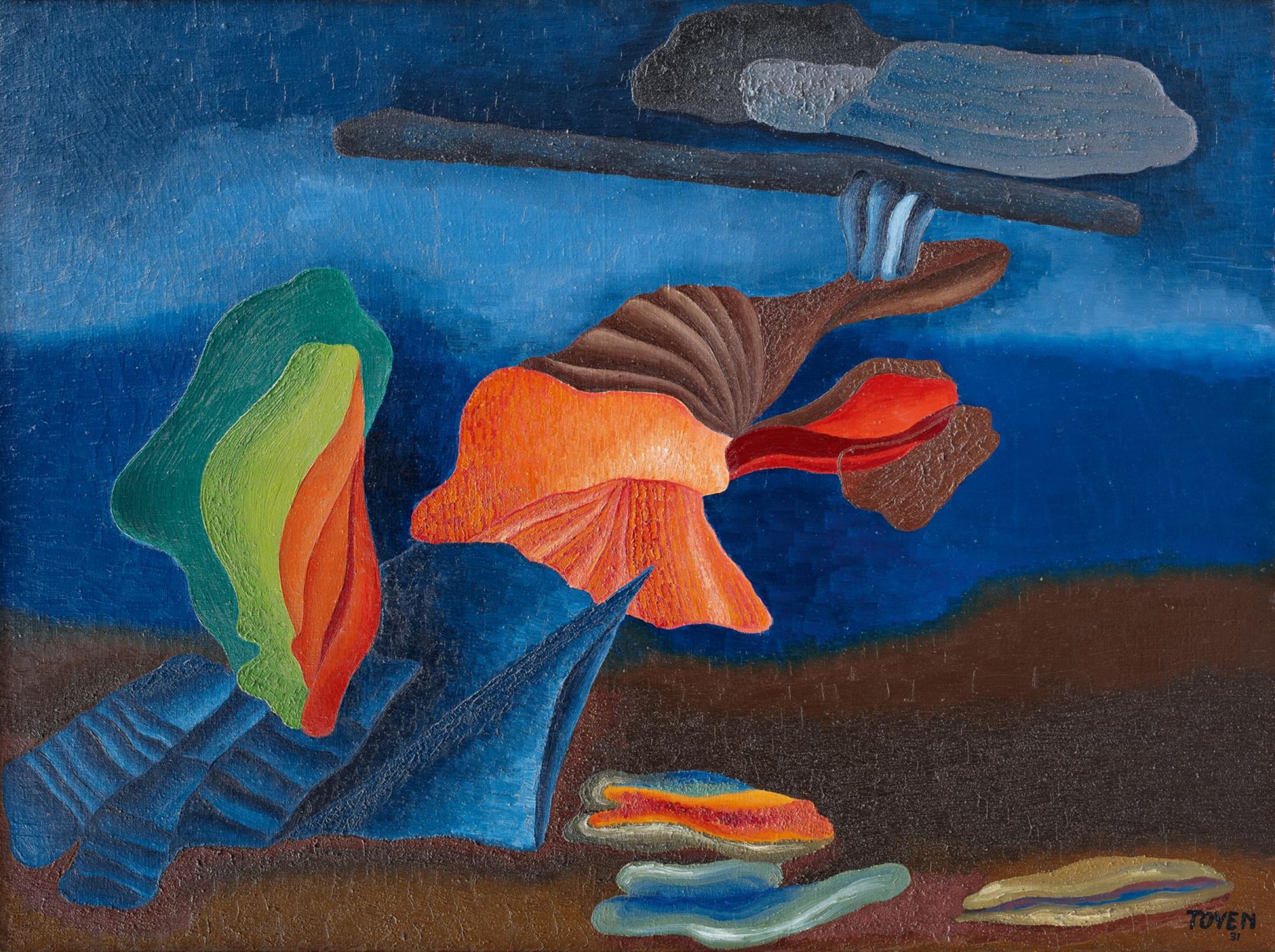
As in her art, she constantly pushed the boundaries in her life, as well. For example, she is considered one of the pioneers of today’s identity movements, referring to herself not as a woman but as a man, despite being born into a woman’s body.

She met The Pope of Surrealism, André Breton, early in life, who held Toyen’s work in high esteem. The acquaintance led to a lifelong friendship.
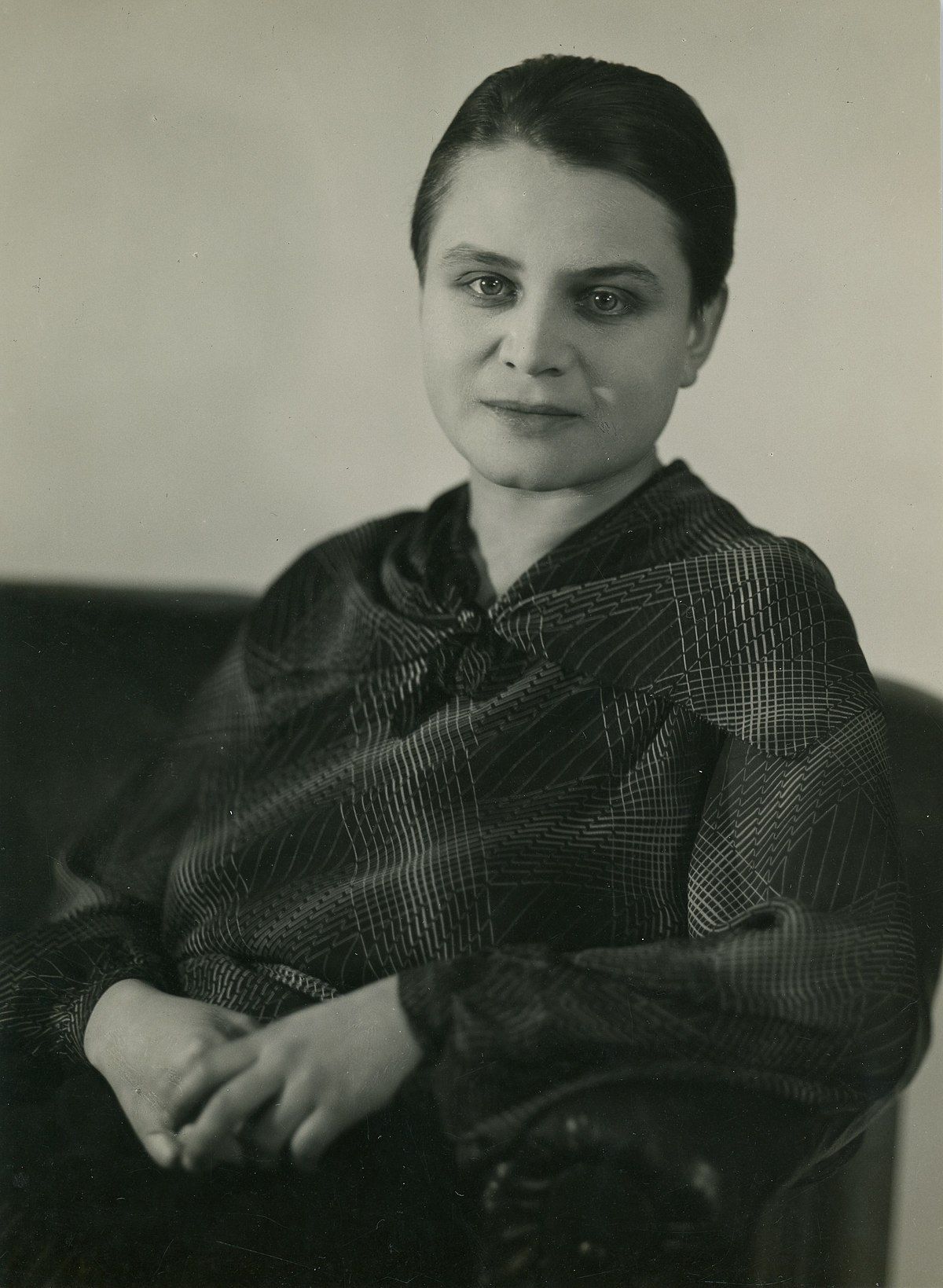
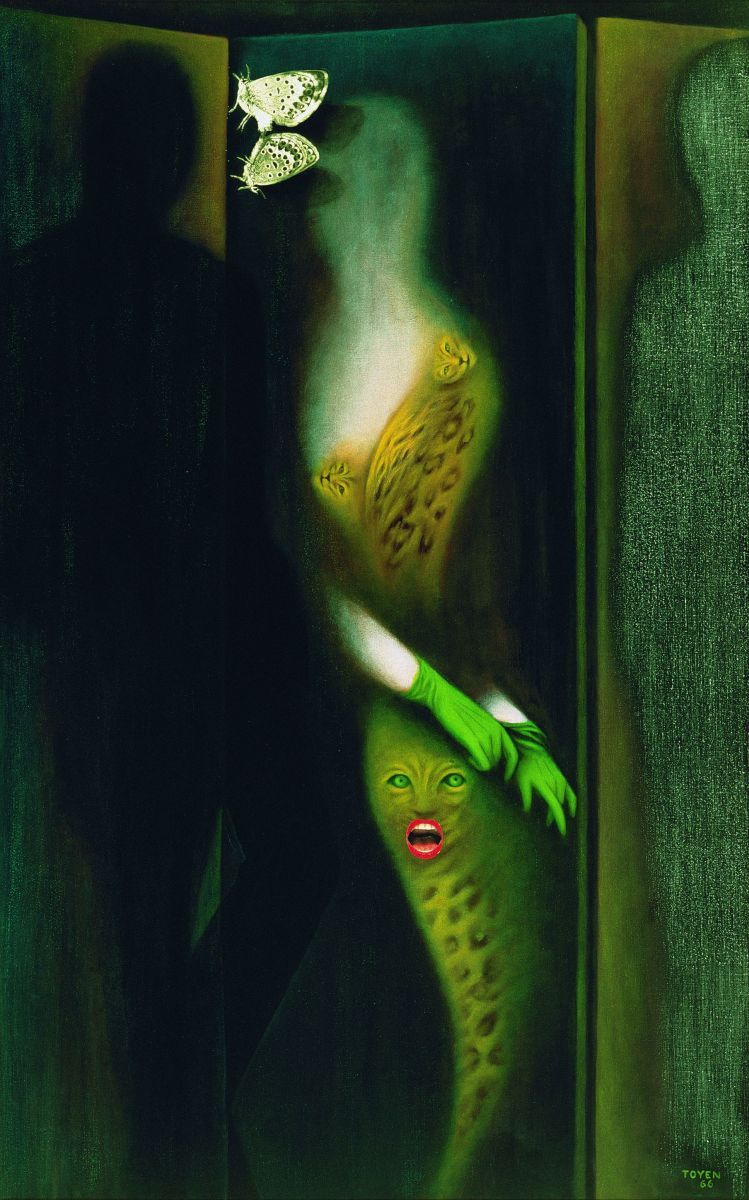

Marina Abramović (1946–)
Perhaps the most famous person in our selection is the Serbian performance artist, whose work is known to laypeople around the world. Marina is 76 years old and still performs regularly.

Since the seventies, she has tried her hand at many different genres. One of her early performances, Rhythm 0, was related to endurance art, in which she explored the relationship between the artist and her audience. In this, she was a passive element in the exhibition space, and audience members could do anything to her, with 72 objects at their disposal.
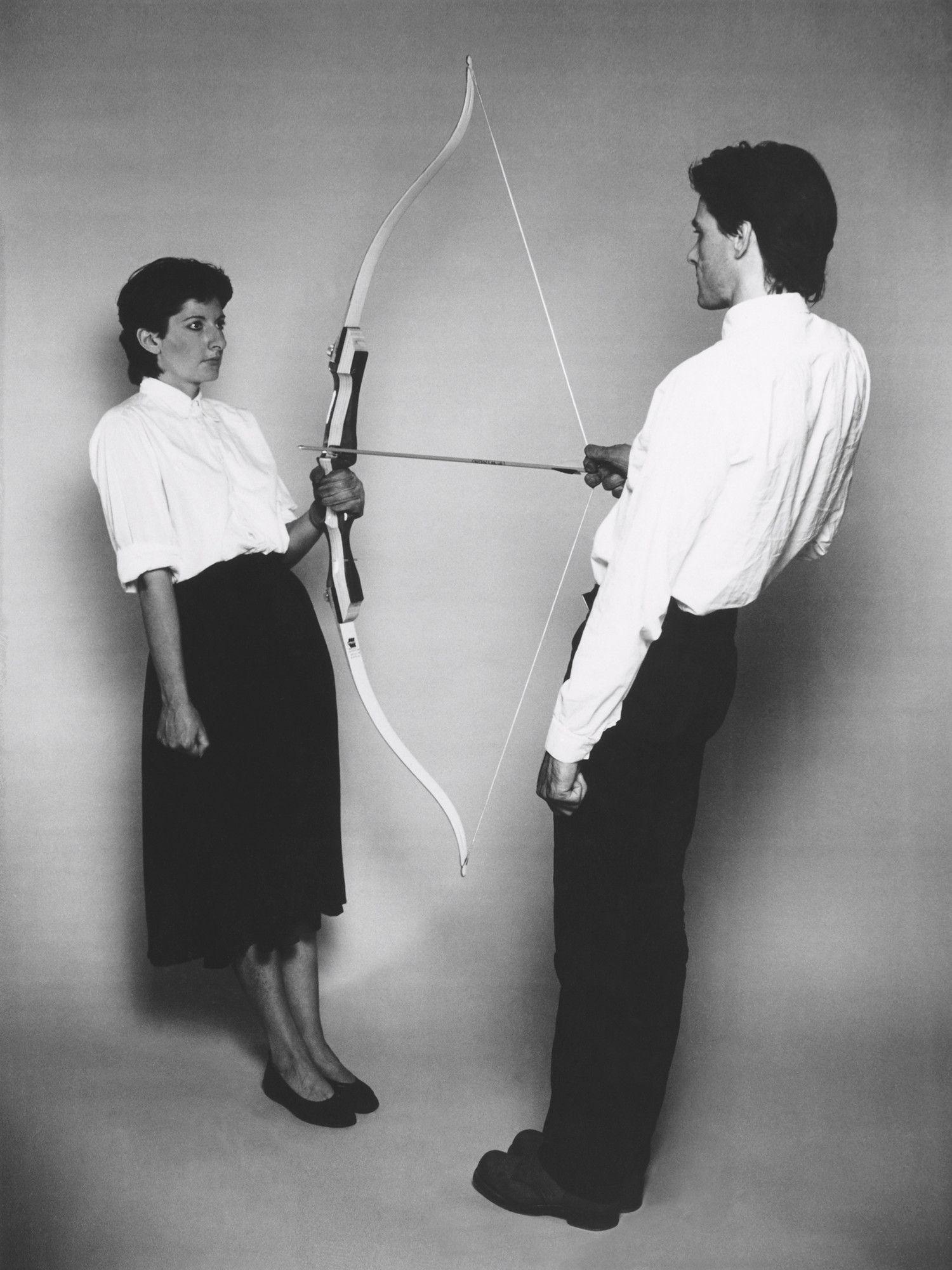

Her most notable performances, however, are associated with Ulay, her former creative and life partner, with whom she formed a couple for twelve years. The relationship finally ended when they both left the two ends of the Great Wall of China to meet in the middle and say goodbye.


Katarzyna Kobro (1898–1951)
Katarzyna is one of the most important representatives of Polish avant-garde and constructivism. Born in Moscow, it is no coincidence that her art is most influenced by the Russian avant-garde. Although she is considered a Polish artist, she emigrated to Poland only in 1920.

Her sculptures were often made of industrial materials such as metal or plexiglass and were geometric yet dynamic in form. Her artistic mission was to break down the boundaries between sculpture and architecture by focusing on space and the perception of the viewer.
She was a recognized intellectual on the Polish art scene, not only as an artist but also as a theoretician. She worked as a teacher and writer, and her writings have influenced architecture and art ever since.
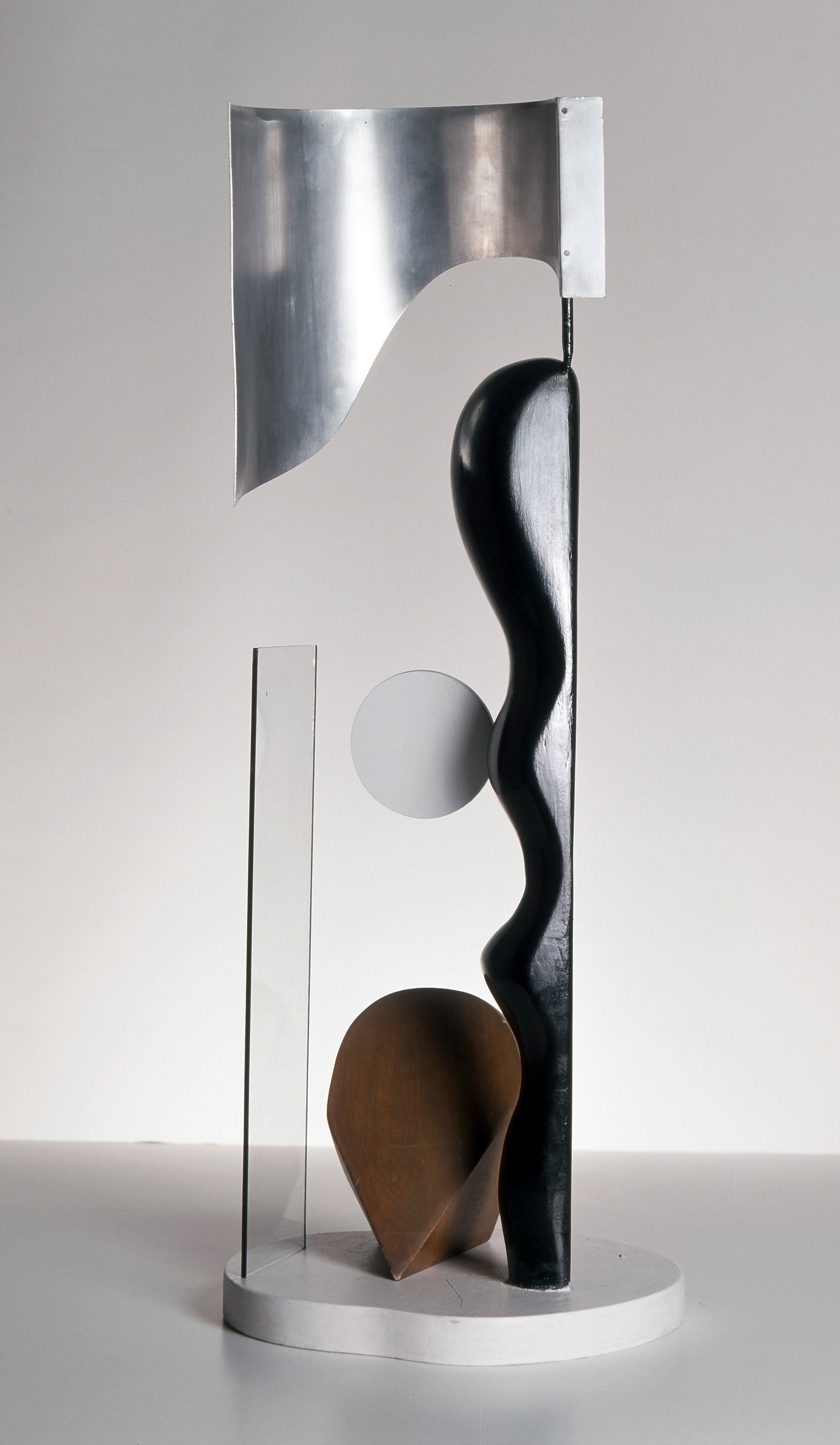
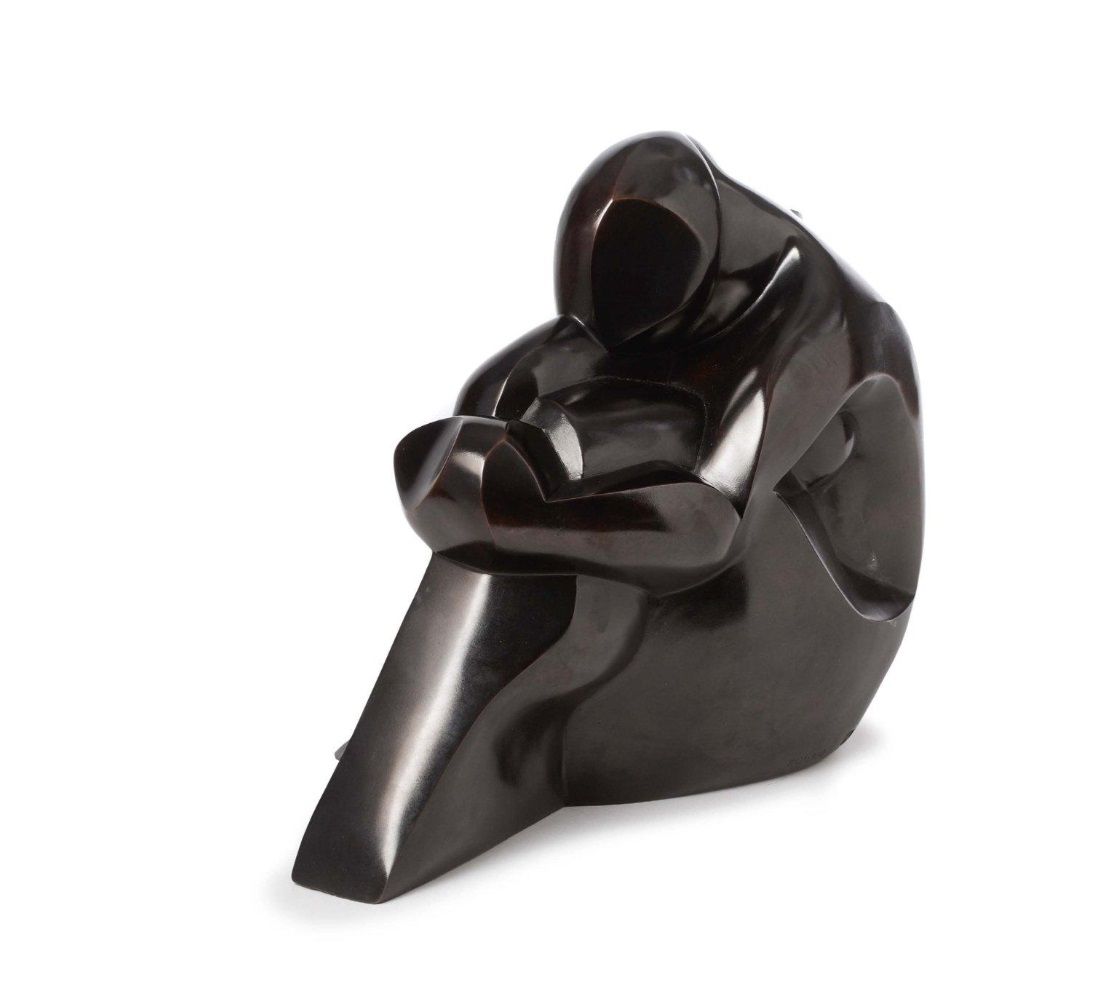

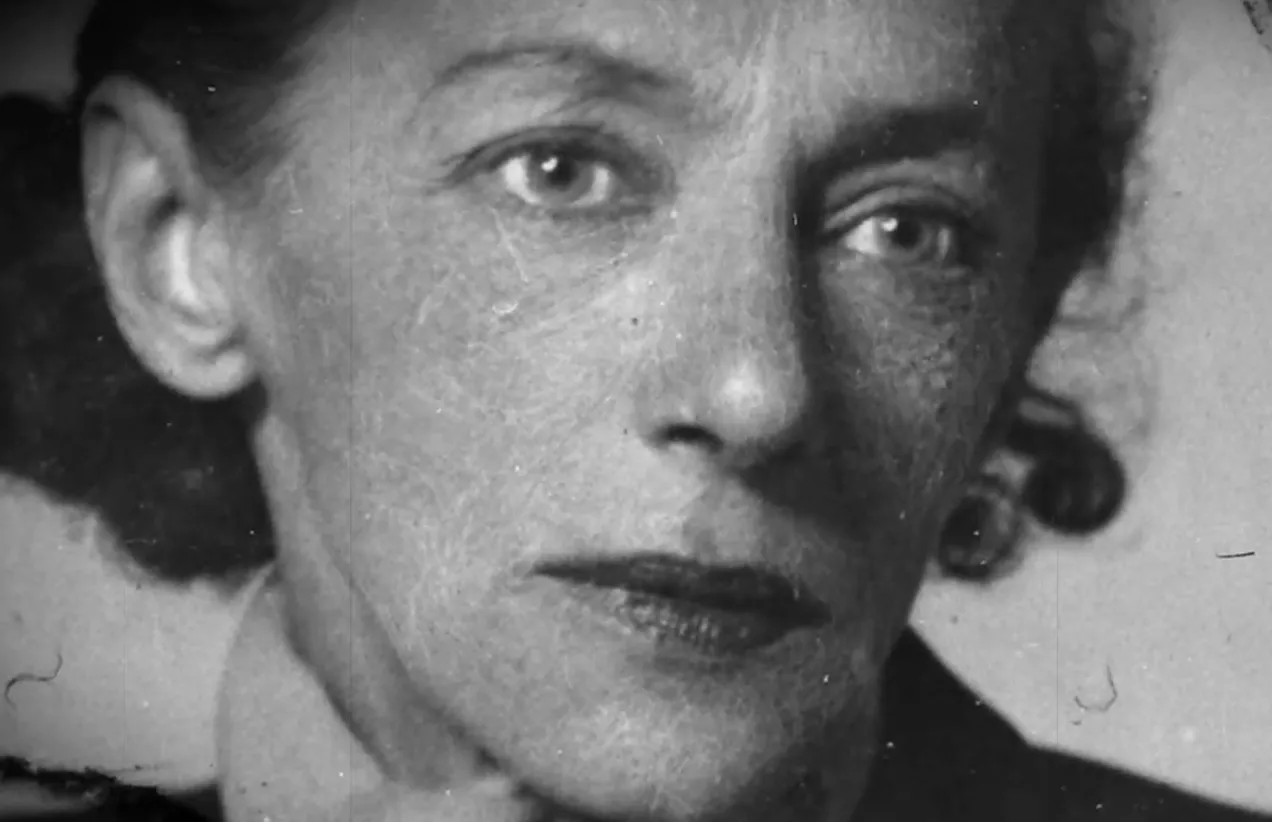
Maria Lassnig (1919–2014)
Like many other artists, the Austrian painter did not receive the recognition she deserved during her lifetime, but only recently began to be recognized as an influential artist in the post-World War II era.

She explored the aspects of being in our bodies, representing the body as it feels from the inside, not as it looks from the outside. In her most famous paintings, she addressed her experiences and feelings of motherhood and womanhood.

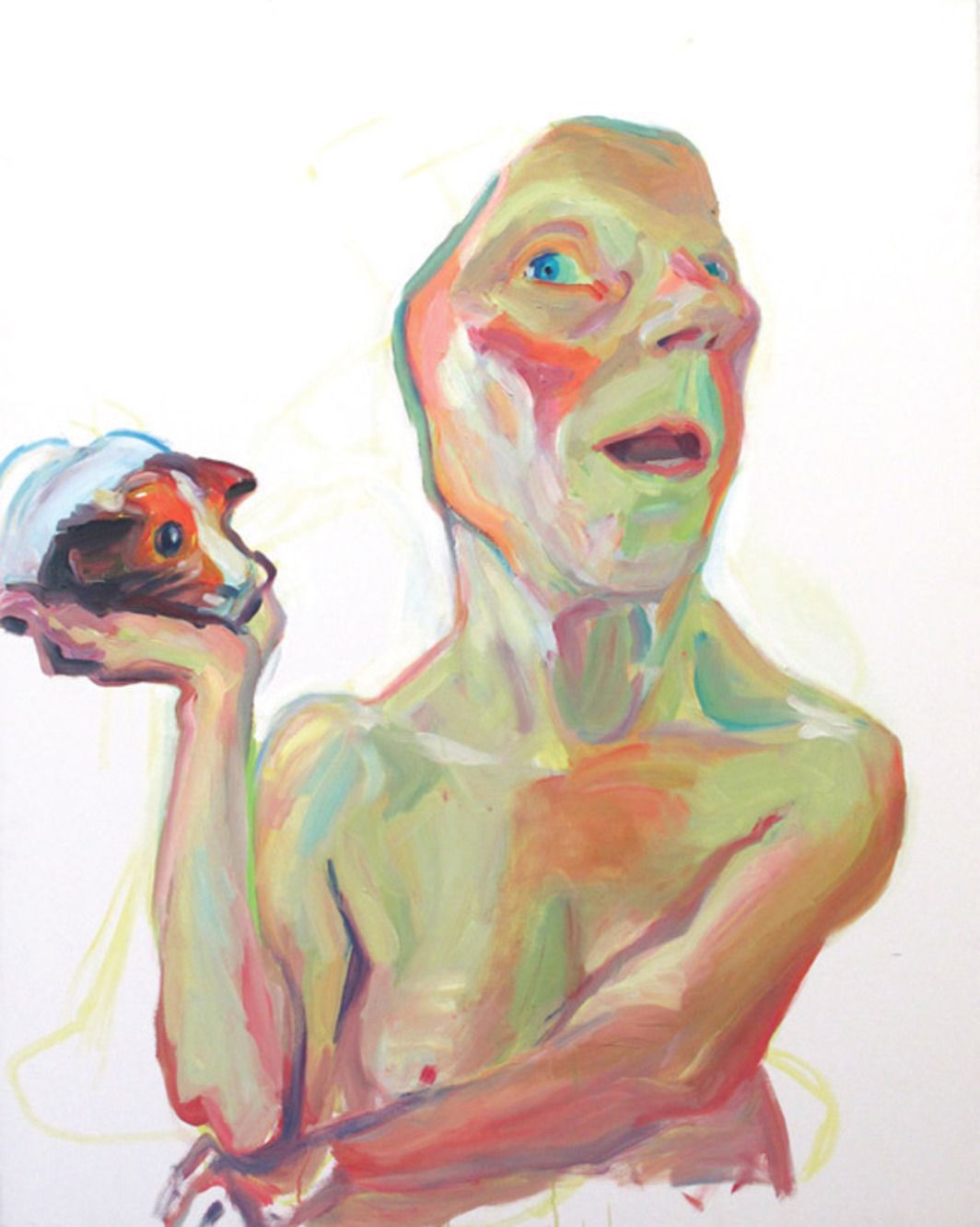

Vera Molnar (1924–)
The Hungarian-born French artist is considered one of the first pioneers of computer art. Vera arrived in Paris with a six-day visa in 1947, after the Hungarian political and cultural atmosphere had become increasingly restrictive for the abstract artist.

Even before the advent of the computer, Vera had found a way to set up a systematic, algorithmic scheme for visual representation, which she called an imaginary computer. From 1968 onwards, however, she could use the computer in her work, in which chance also played a major role.
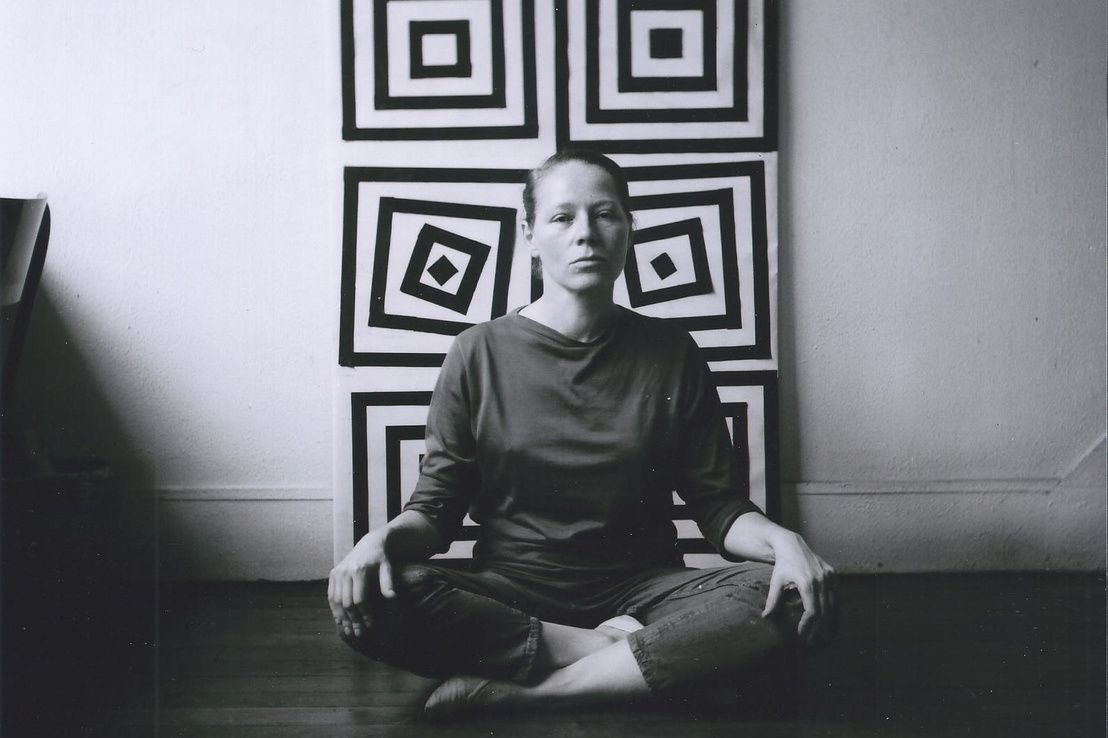
Many have criticized her for this, saying that she questions the human nature of art by passing the baton to chance and a machine.
“I use chance, not the other way around—hopefully.”
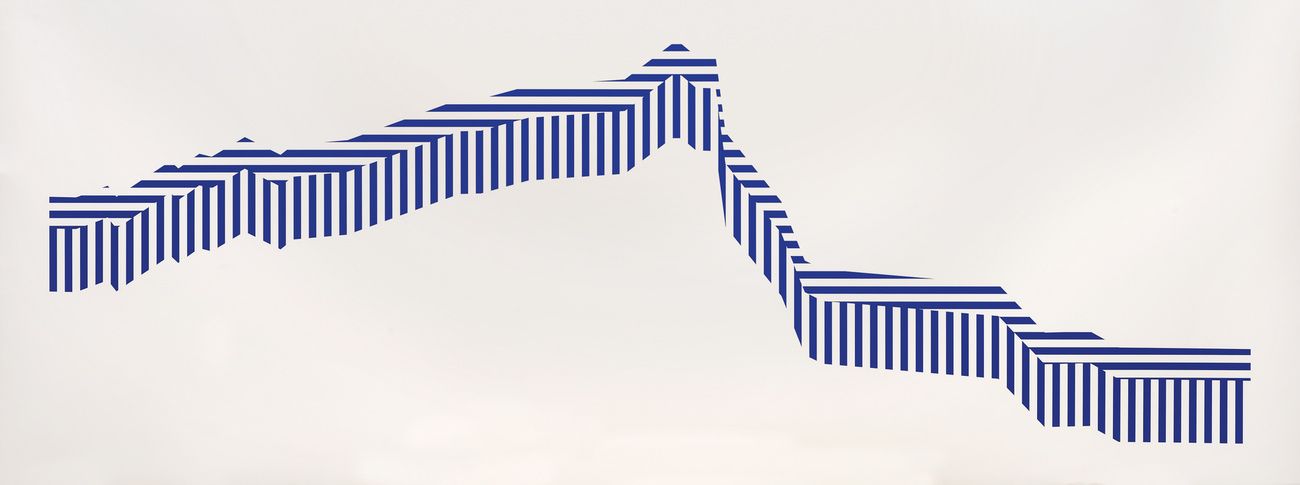
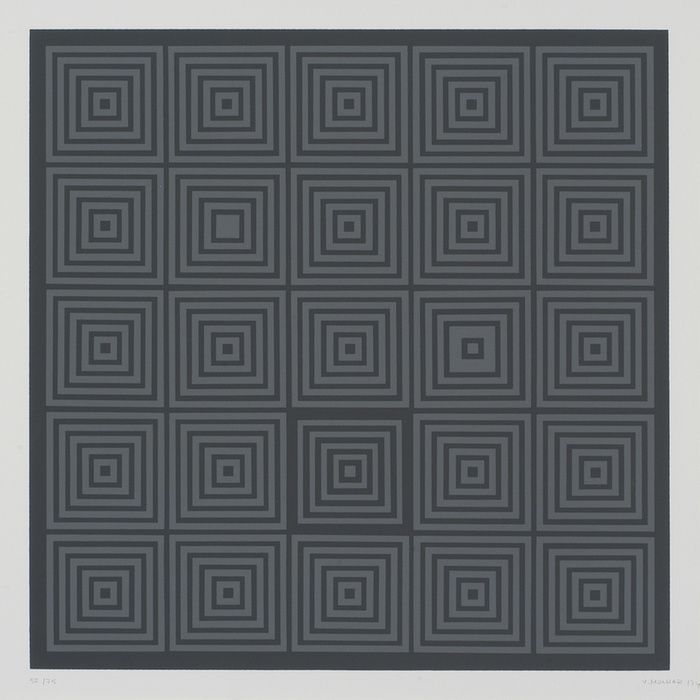
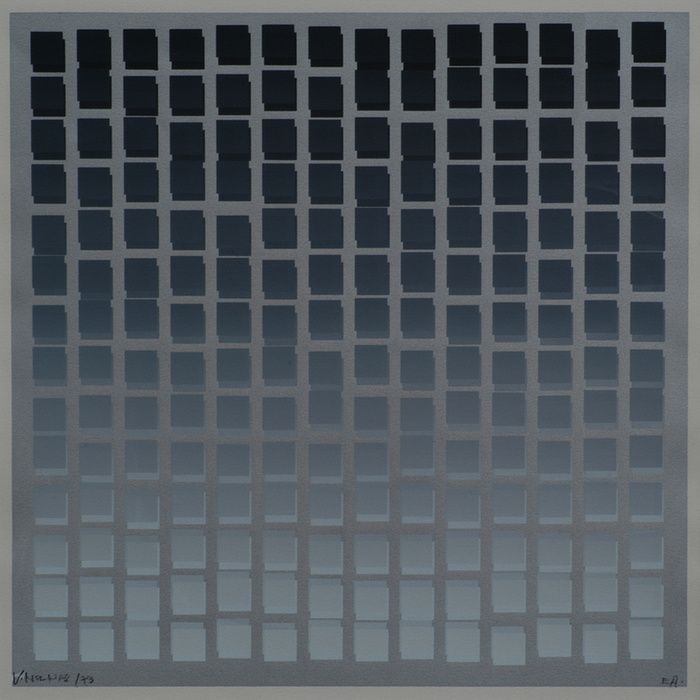

Sources: gazette-drouot, hamburger-hunsthalle, milenaolesinska, ngprague, index










